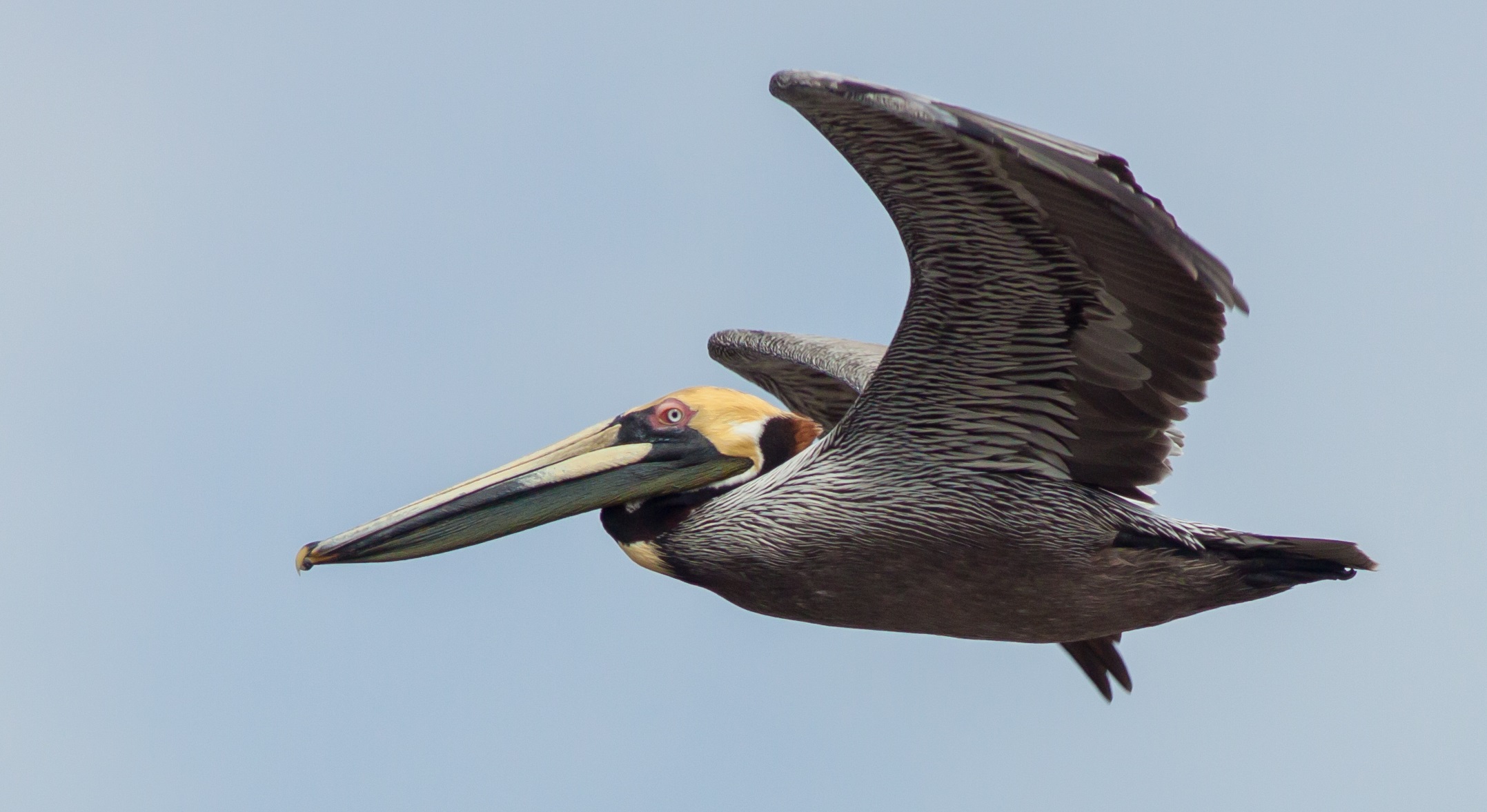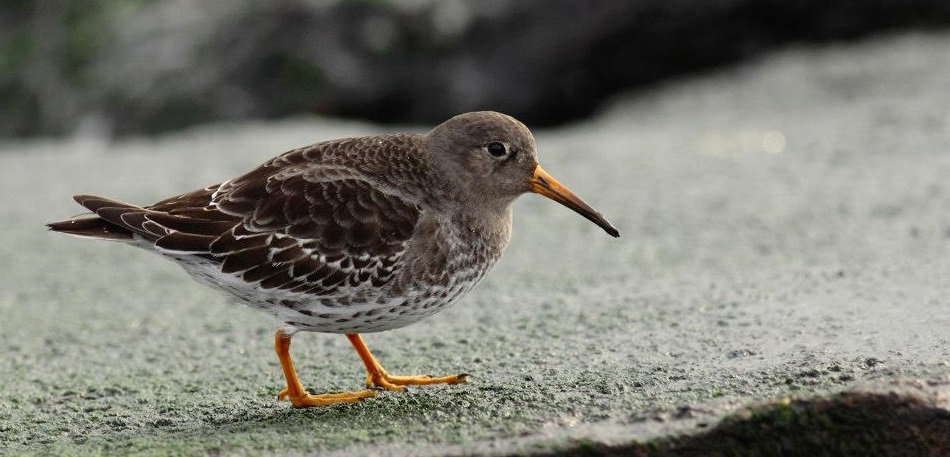Apart from fish, only a small portion of all vertebrates strictly lives in the water (the whales, dolphins and manatees), whereas others come ashore at least to reproduce. Swimming is crucial for a marine animal, but strongly optimising your body for swimming impacts walking and flight performance. Therefore, most animals have to compromise between different forms of movement. In turn, this interacts with the food niche that animals can occupy; e.g. a good flyer is likely not a strong swimmer, and will more likely be a scavenger than a fish hunter.


Some animals are adapted for diving and can reach and exploit the depths of the oceans. Many others stay within the first metres beneath the water surface or keep dry feet on flats and beaches that fall dry at low tide, and some reside in flood forests. For the warm-blooded animals, swimming also requires an insulating coat, and as salt water causes dehydration, marine animals must have ways to excrete excess salt.
Discover below how the pointy shinbones of divers, the salt-draining noses of fulmars and the bill rudder of a puffin help exploiting the oceans!
Animals of oceans & seas
available soon
Northern fulmar
Northern gannet
Common eider
Atlantic puffin
Harbour seal
Red-throated diver

